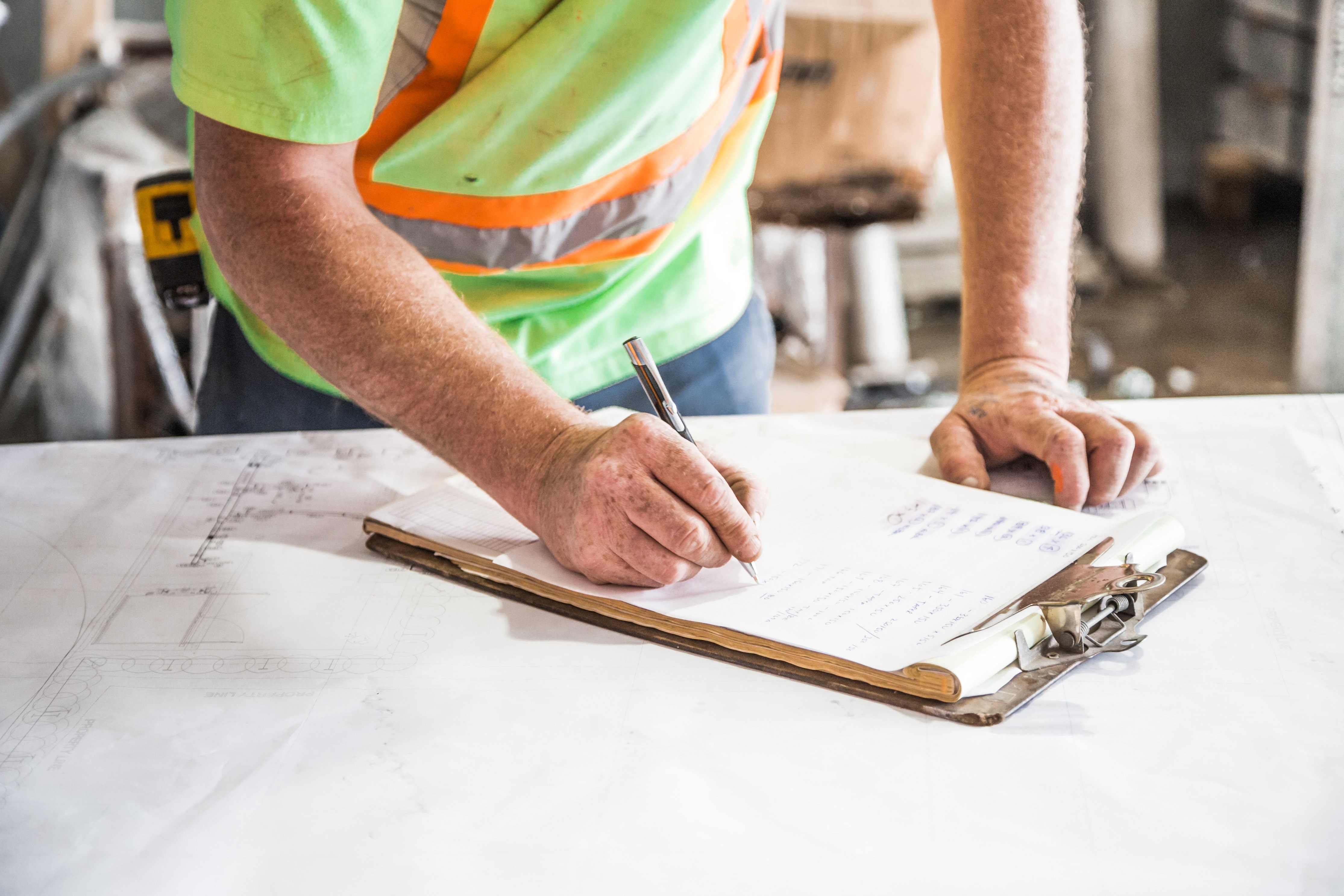

By Samantha Caputo | Wed, May 20, 20
Of the American workforce not working from home before COVID-19, only 20 percent are able to do so now. I am one of the lucky few who have been able to easily transition my work from an office to my kitchen. For most, this has not been the case, and the energy industry has been devastated by the pandemic. While I am able to continue work alongside my fellow NEEPers, we are adapting our work in response to COVID-19. We aim to help the industry recover by providing necessary resources and tools.
The implications of COVID-19 on all industries will be felt for a long time and as states begin to “reopen,” I find myself contemplating what this means for my life, my friends and family, and this industry to which I have dedicated my career. How will our industry recover? What will the workforce need to move forward? What will the “new normal” look like? There are many unanswered questions.
Thinking about this new normal provides an opportunity to reimagine the way we do things and how society operates. There are immediate implications that we must address, such as job losses in the energy efficiency sector (which is the largest sector in energy) to the longer-term implications of how this new normal can be used to drive states towards achieving greenhouse gas (GHG) emissions targets.
It is important to recognize the role of energy efficiency in the recovery from COVID-19. While energy efficiency savings potential may be altered, it is critical to identify opportunities for increased incentives and expansion of weatherization programs to ensure continued energy efficiency work and provide flexibility to contractors and customers.
Prioritizing clean energy and energy efficiency makes sense for a quick recovery, both economically and societally. This will put people back to work in such a broad manner – from construction, to manufacturing, to home performance contractors, engineering, electricians, electric vehicles, and everything in between. Investments in clean energy can help the economy become resilient and rooted in local communities, and that will provide economic opportunity in every state.

In 2019, 3.4 million jobs were in clean energy with indications for more rapid growth in 2020. Unfortunately, it is now estimated that 850,000 clean energy jobs will be lost by June. In April alone, 450,000 clean energy workers filed for unemployment. This number has grown exponentially because energy efficiency workers cannot get into buildings to complete audits and energy assessments, and the supplies needed to complete the work are few and far between. Additionally, manufacturing halted for a lot of energy efficiency measures, including ENERGY STAR appliances. In order to put clean energy workers back to work, we need to address financing and supply chain concerns.
This warrants immediate action at the state and federal level to get workers back to work. The policy path forward should focus on economic recovery and workforce development to get programs up and running again with clear health and safety protocols for on-premise work. At the federal level the Alliance to Save Energy has been working on a strategy with a focus on a federal grant program for energy efficiency retrofits, in addition to funding retrofits in public buildings, transportation, infrastructure investments, and expansion of energy efficiency tax credits.
At the state level, bringing knowledge together will be key. Solutions should be shared across states to learn from best practices. Many states have been working around the clock to come up with solutions and innovative ideas to maintain the workforce and prioritize energy efficiency in stimulus packages. Resilience, health, and sustainability need to be a screening criteria for future stimulus. With that, there are various options to consider including:
- Non-payment and loan deferral for clean energy and energy efficiency investments to help incentivize participation in programs
- Focus on electrification in COVID-19 recovery efforts to provide high efficiency technology to reduce cost and energy consumption in homes
- Infrastructure investments like healthy indoor spaces with better ventilation and flexible use of spaces, especially keeping in mind COVID-19 workspace response protocols
- Virtualization of processes including energy assessments to keep customers engaged in energy efficiency programs. Target homes, small businesses, and schools. Consider Energy Estimator for residential energy assessment programs
- Pre-payments to contractors for work they are able to secure during remote audit processes
- Higher incentives throughout the duration of COVID-19 and throughout the recovery period
- Develop online training opportunities for workforce development for all levels of experience, including those looking to join the industry
- Reopening of on-premise work once health and safety protocols and company waivers have been instituted
- Virtual inspections for building codes to stimulate the construction industry
These are just a few ideas. NEEP will be tracking COVID-19 response policy and providing a way for stakeholders to stay informed about developments across the region. Utilities and states are working on implementing these strategies to provide workforce relief, but further action is needed to provide the stimulus and focus on the clean energy sector that is needed. When developing policy proposals, it is crucial to ensure they are equitable and that they consider the most vulnerable populations.
Our solutions also need to be flexible and responsive as we are learning more everyday about the impacts of COVID-19 and how states are reopening, such as Massachusetts’ four phase plan. Putting energy efficiency at the forefront of our response to COVID-19 will ensure public health benefits, economic relief, workforce development, community resiliency, and provide long-term benefits for all.